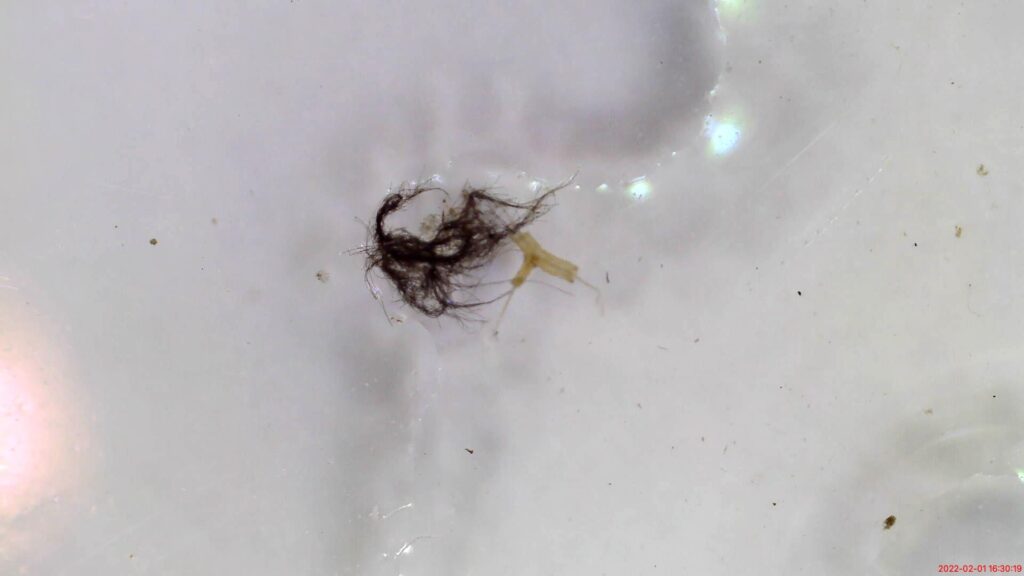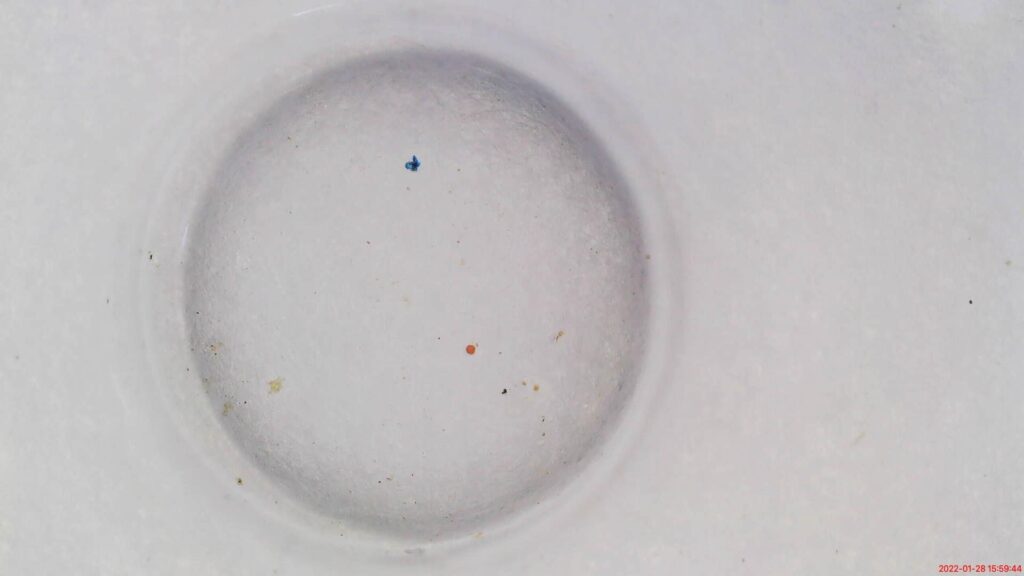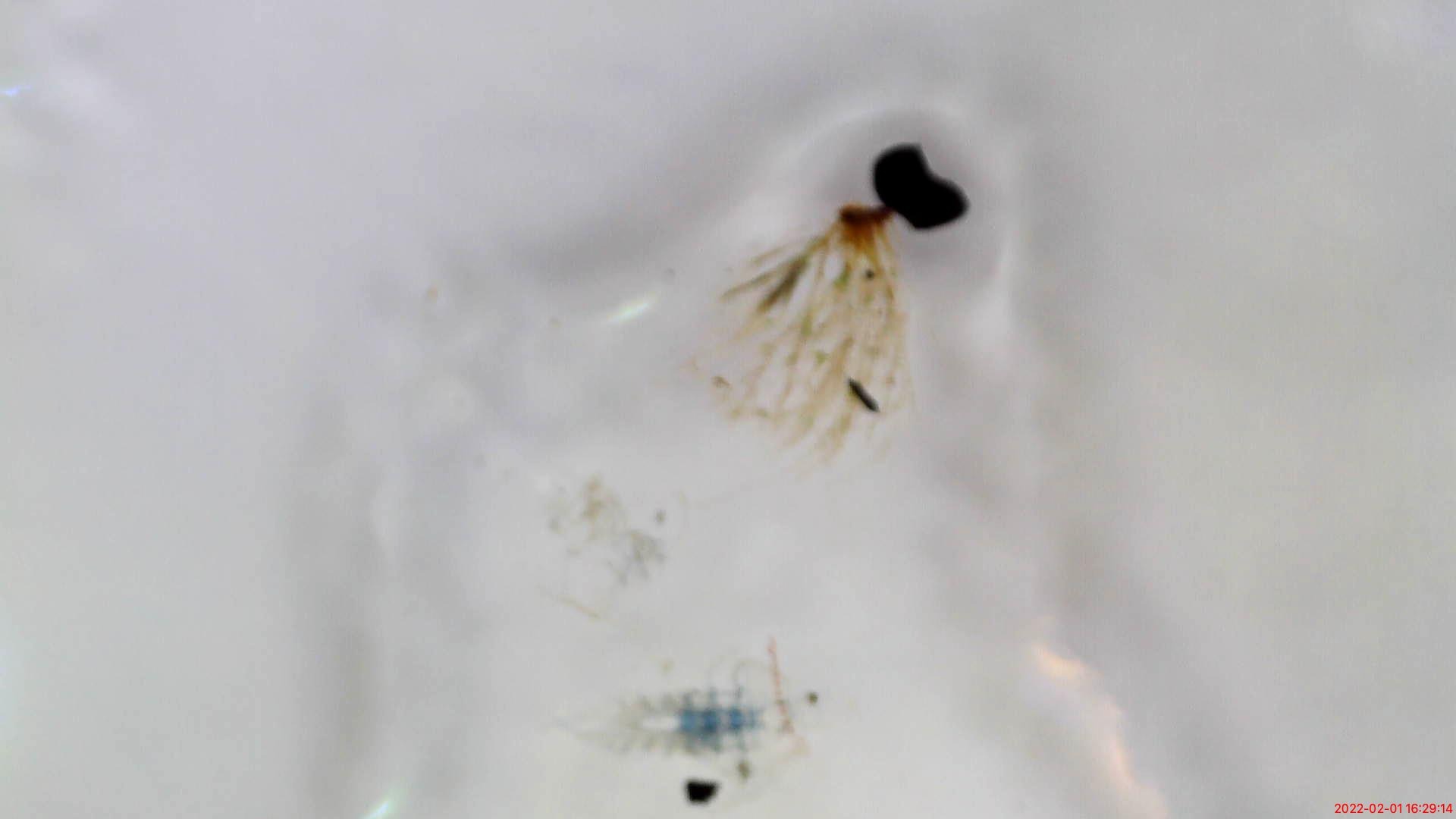
On Ya, we want to use only what we need. This is also true for our precious drinking water. So, whenever possible, we use the water we’re sailing on for washing the dishes etc. We take this water from the big tap with the electric pump, like you do at home. For drinking water, we use the smal foot-pump. Now what does this have to do with plankton? Well, if you take oceanwater from the tap, you would like to see some beautiful plankton under your microscope every now and then. Not plastics or carbon. So, let’s see what our water sampling earlier this year has brought the researchers from GOES.
During our trip over the Atlantic Ocean, we collected 2 water samples every day and measured them for micro-plastic and plankton. The GOES team citizen science project has just published some of the first findings. These are based on the samples of the ships who are part of the project.
- GOES expected 10 to 20 particles of plastic and other matter between 0.02 and 0.2mm in size. Instead the sailors found between 100 and 1000 per litre.
- Micro-plastic concentrations were on average 1 particle per litre, with higher concentrations near the coast.
- Up to 1000 particles per litre were PCC (Partially Combusted Carbon) and some unidentified particles.
- GOES expected 1 to 5 plankton per litre of water, but the sailors found less than 1 in 10 litres. There should have been at least 1 larger plankton animal per litre (above 50um) in the Atlantic Ocean. However, we found less than 1 in 10 litres.
Why is the large amount of plastic and black carbon so bad?
Oceanic water is meant to be pure, free of plastics etc. So, normally, you would only expect some 20 particles per litre, we now found up to 1000. These particles will be eaten by planktonic organisms and coral. As you know, plastic is toxic, especially when it disintegrates into smaller particles. PCC comes from the exhaust of ships. The exhaust gases are scrubbed with seawater and them dumped into the oceans. There will also be direct fall-out of particles from the atmosphere.
The plastics take in toxic chemicals from the seawater and amplify their concentration many thousands or millions of times, and then plankton or coral consume the particle with fatal consequences. Coral reefs and marine plankton are the root of the food chain for the planet and coupled with oceanic ecosystems they control the climate. Around the time a baby, born today, reaches adulthood, most of these systems will be dead – unless we take action on pollution.

About the mysterious ‘black particles’
The shipping industry burn in the order of 300 million tonnes of heavy, dirty fuel oil every year. Approximately 5% of this oil ends up as partially combusted carbon. Shipping industry dump 15 million tonnes of toxic waste into the oceans every year. The flue gases are now scrubbed from the exhaust and dumped directly into surface ocean water. This means the shipping industry is responsible for 15 million tonnes of toxic waste every year.
These carbon particles take in toxic chemicals just like plastic does, sometimes in even higher concentrations. So, they will contain molecular plastic, heavy metals and toxic chemicals. The worst part of it is that this is probably the result of another ‘Wrong good idea’, …

The coral reefs are dying and will be gone in 25 years along with any remaining fish, this is also happening all over the world. Shipping needs to be changed. It should be great again, without leaving the oceans polluted with plastics and chemicals. So then also, we can have more ‘plankton from the tap’.

The good part is: clean cargo shipping can be done, as we showed in ‘Sailing innovations in cargo shipping’ and ‘All ships for ever green’
Further reading:
The GOES Report … https://lnkd.in/gYqs8VD
COP26 Presentation….. https://lnkd.in/g-axggNz
Presentation notes https://lnkd.in/gmwCXk6t

